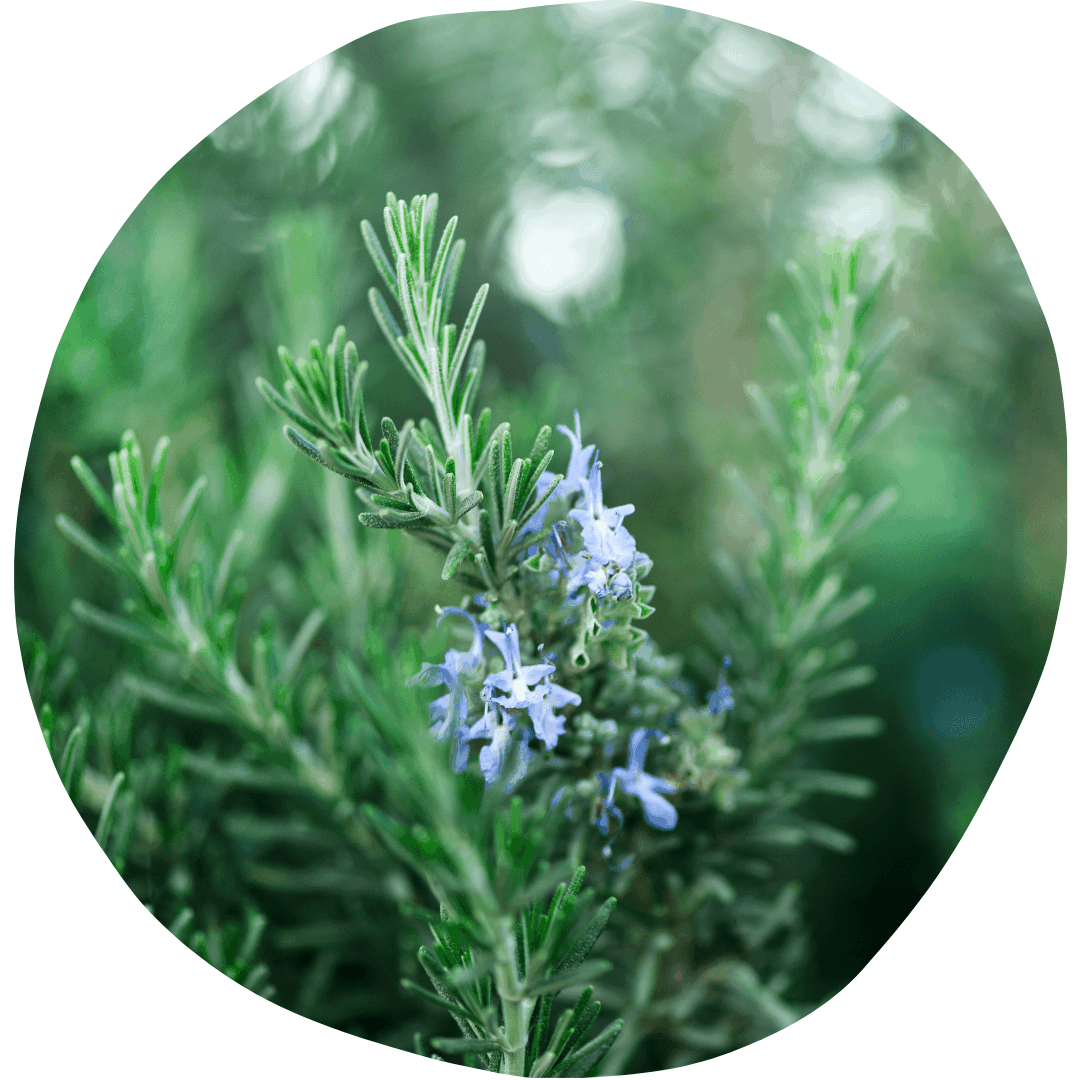How to Grow Rosemary
Growing Conditions
Rosemary is an aromatic perennial herb that grows as a compact shrub with woody stems and slender leaves. It grows well in containers or in the ground, and should be covered and protected or moved indoors during the winter in cold regions (below -10°C). Rosemary needs full sun and well-draining soil. It's drought tolerant and can tolerate dry soil much more readily than excessively moist soil. Its planting site should be amended with compost prior to sowing.
Starting
Rosemary is a slow starter and should be sown indoors 8 to 10 weeks before the date of your average last frost in spring. Germination rates with rosemary can be low, but soaking seeds for 24 hours prior to planting can help increase germination rates. When grown from seed, rosemary should not be harvested until its second year. Sow seeds very shallowly, just covering them with soil or vermiculite. Use a heat mat to maintain soil temperature at 27-32°C and cover your growing tray with a dome to retain moisture. Rosemary can also be propagated from cuttings, which should be dipped in rooting hormone and planted in a moist soil mix. Seedlings may be planted up into small pots once they have firmly rooted and reached 3" in height.
Find our full guide to seed starting here.

Care
Rosemary will thrive in containers or garden beds so long as it has full sun and well-draining soil. Space plants at least 24" apart. If compost is added to the planting site they shouldn't require much excess feeding, but you can apply a balanced fertilizer if needed throughout the growing season, especially if growing in containers. Lightly prune your rosemary shrubs at the start of each season to encourage new growth and avoid thin, leggy stems. Rosemary plants must be insulated in the winter in cold regions.
Pests and Diseases
Aphids - Small green, black, or brown insects that feed on the sap of garden plants. You'll find them under leaves, at blossom tips, and in the joints of stems.
Spider Mites - Tiny reddish brown insects that can be identified by the webbing they create around the leaves and stems of plants.
Thrips - Tiny winged insects that leave patches of discolouration on leaves.
Powdery Mildew - White mildew on the top surfaces of leaves, starting as small spots and growing to cover the entire leaf.
Crop rotation, garden cleaning, and proper spacing between plants are the best ways to prevent problems caused by pests and diseases. Diatomaceous earth can be used to control crawling pest species, while sticky traps will catch flying pests. Row covers and insect netting can also prevent travelling pests from landing on your crops and causing damage. Ensure good drainage in your chosen planting spot to prevent problems with fungus and rot. Contact us for more specialized pest control methods such as beneficial nematodes.
Harvest
Rosemary grown from seed should not be harvested in its first year so the plant can establish a strong root system. Younger leaves and stems are the best for eating, while older branches can be woodier but preferable for barbequing or infusing. Don't harvest more than 1/3 of the plant at one time. Stems can be used fresh or hung to dry and stored in an airtight container.

